Derrel
Mr. Rain Cloud
- Joined
- Jul 23, 2009
- Messages
- 48,225
- Reaction score
- 18,941
- Location
- USA
- Website
- www.pbase.com
- Can others edit my Photos
- Photos OK to edit
The idea that prime lenses are as flexible as Zoom lenses,this is not true. The zoom lens provide something called focal length flexibility. Focal length flexibility is extremely useful when one cannot move position, such as when stationed at the sideline or baseline Of a sporting event. For example a 70 to 200 mm F2.8 zoom has become a pretty standard Sports lens,and for good reason. The same goes for the 24 to 70 mm zoom lens for covering events such as press conferences,weddings, and other types of ceremonies. This lens and compasses several known and popular focal lengths 24 mm, 28 mm, 35 million, 50 mm, and the 50 to 70 mm range.
Last edited:


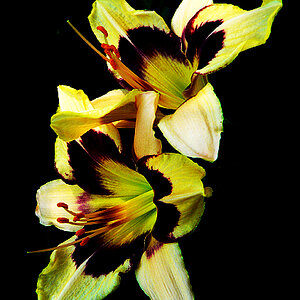
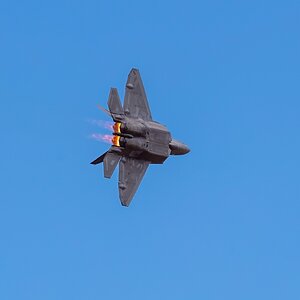
![[No title]](/data/xfmg/thumbnail/30/30989-2ed4e52fa80fcd0ba553c515ffc589cd.jpg?1619734553)
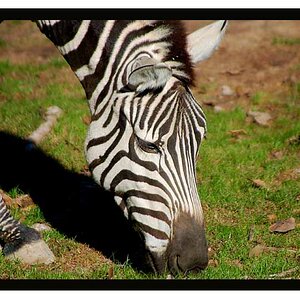
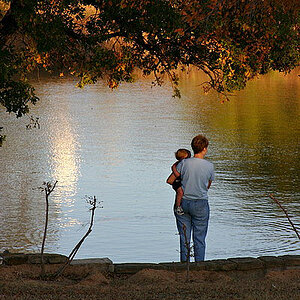

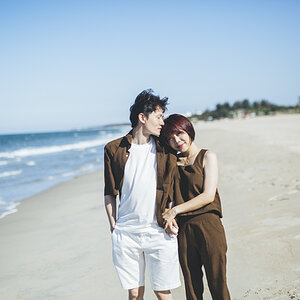
![[No title]](/data/xfmg/thumbnail/39/39291-a89dc472765e04f66f617dd9acc8030d.jpg?1619738958)
![[No title]](/data/xfmg/thumbnail/30/30990-df3df397f705643bc2c207cc9d579d08.jpg?1619734554)
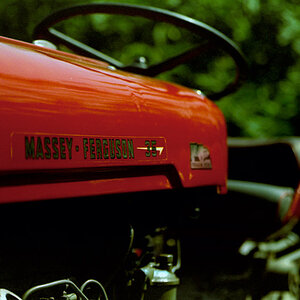
![[No title]](/data/xfmg/thumbnail/40/40306-ea393f71adcd88a9abb9fb16dc6af2d5.jpg?1619739413)
![[No title]](/data/xfmg/thumbnail/40/40307-b3813381d3c1ef8282c72905405b50fe.jpg?1619739413)